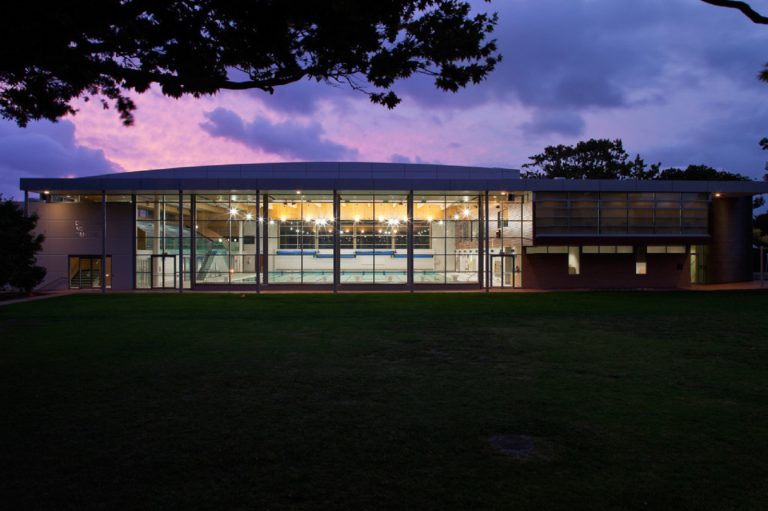
The Auckland campus of Diocesan School for Girls is one of the top-performing schools in New Zealand. It has been in operation for more than a century and carries on the sort of reputation for excellence that sees daughters and granddaughters returning to the campus.
Despite its proud traditions and history, this is not a school that stakes its reputation on past glory. It’s on the shortlist of New Zealand’s most dynamic centers of learning, equipped with cutting-edge classroom resources and spectacular recreational facilities. And it’s only getting better with each year.
Many of the students in attendance hail from the area, but a strong contingent of international students is also enrolled. Innes House also has room to accommodate up to 35 boarding students.

Diocesan School history
The school was founded in the early 20th Century by Bishop Moore Richard Neligan of the Anglican Church. The school was a modest operation in those days, but it enjoyed the full support of the community. The charter group was 25 students strong, and it has grown from there into one of the most successful private schools in the country.
The Chapel of Saint Barnabas dates to the earliest years of the school. It was moved onto campus in 1910 and has undergone several restorations and enlargements in the years since. In 1922, an even bigger nave was added, and at that point the building looked much more like it does today.

Today, the school caters for more than 1,600 students that span every level of primary and secondary education. Many of the school’s traditions remain the same, but a wave of technological enhancements has had a profound effect on the way today’s students learn. Millions have been spent on notebook computers, interactive whiteboards and computer facilities. In fact, Diocesan is now one of New Zealand’s top-100 IT organizations.
Academics
At the root of the school’s educational philosophy is an earnest desire to inspire lifelong learning. The typical graduate is a digital native, a critical thinker and a person of genuine resolve. This is partially achieved by encouraging interactive learning that sparks a contagious desire to carry on with the material outside of the classroom.

Two study tracks are available to seniors: the International Baccalaureate (IB) Diploma and the National Certificate of Educational Achievement. Each student and her family must choose one or the other, but the school provides ample resources and advisement in coming to a decision.
The administration also stresses the importance of ethics and morality. Diocesan School advocates a list of four STAR Values: success, tradition, achievement and respect. Girls are encouraged to find innovative ways to implement the values both in their academic careers and in their daily lives.
To find out more about studying at Diocesan School for Girls, visit the website or Facebook page.







